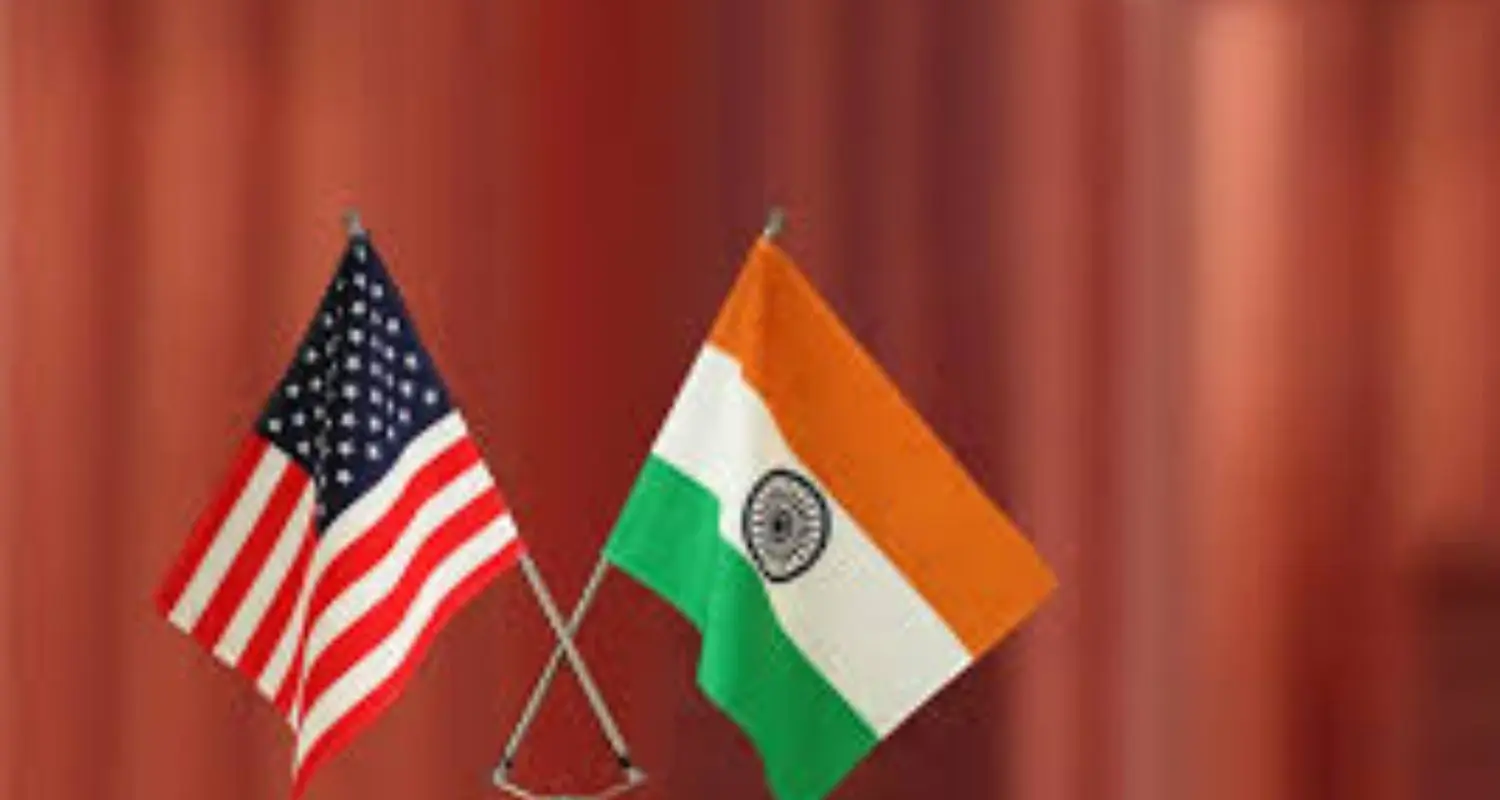India-US Trade Deal Negotiations Continue for Sixth Day Amid Donald Trump’s Involvement

Intense trade negotiations between India and the United States are currently underway in Washington, marking the sixth consecutive day of discussions. The Indian delegation, led by Rajesh Agrawal from the Department of Commerce, is seeking improved market access for its workforce-intensive products. With a looming deadline for the suspension of reciprocal tariffs on July 9, both nations are eager to finalize an interim trade agreement that could significantly boost bilateral trade.
Urgency Behind the Trade Talks
The urgency of the ongoing trade discussions is underscored by the impending deadline for US President Donald Trump’s suspension of reciprocal tariffs, set for July 9. An official has indicated that both countries are striving to conclude negotiations before this date. If the talks do not yield results, a 26 percent tariff on Indian goods will be reinstated. This tariff was initially imposed on April 2, 2023, but its enforcement was delayed for 90 days. Currently, a baseline tariff of 10 percent remains in effect. India is advocating for complete relief from the additional 26 percent duty as part of the negotiations.
Both nations aim to finalize the initial phase of the bilateral trade agreement (BTA) by autumn 2023, with a target of increasing two-way trade to $500 billion by 2030, up from the current $191 billion. The discussions are expected to continue through a combination of online and in-person meetings, following a previous round of talks held in early June.
India’s Firm Stance on Trade Concessions
India has adopted a strong position regarding concessions on US agricultural products while simultaneously seeking duty reductions for its own workforce-intensive sectors, such as textiles, engineering, leather, and gems and jewelry. The United States is pushing for reductions in tariffs on agricultural and dairy products, but India is hesitant to grant these concessions. This reluctance stems from the fact that many Indian agricultural workers operate small farms that are essential for their livelihoods, making these sectors politically sensitive.
India has historically maintained a closed dairy sector in its free trade agreements with other countries. Meanwhile, the US is seeking tariff reductions on a range of industrial products, including electric vehicles, wines, and genetically modified crops. India, on the other hand, is focused on securing tariff reductions in sectors that employ large numbers of workers, such as textiles and leather products. The Global Trade Research Initiative (GTRI) emphasizes that India is advocating for the elimination of tariffs on exports that create significant employment opportunities, including garments and footwear.
Trade Statistics Highlight Growing Bilateral Relations
Recent statistics reveal a significant increase in trade between India and the United States. India’s merchandise exports to the US surged by 21.78 percent, reaching $17.25 billion during April and May of the current fiscal year. Imports from the US also rose by 25.8 percent, totaling $8.87 billion. In the fiscal year 2025, merchandise exports to the US are projected to reach $86.5 billion, reflecting an 11.6 percent growth from the previous year’s $77.5 billion.
The majority of this trade consists of industrial products, with labor-intensive exports playing a crucial role. However, challenges remain, particularly regarding the US’s ability to reduce its Most Favored Nation (MFN) tariffs without fast-track trade authority. Concerns have been raised about the potential impact on labor-intensive industries, which generated over $14.3 billion in exports from India to the US in FY25. Key sectors affected include garments, textiles, leather, and footwear, which face substantial tariffs ranging from 8 to 20 percent.
India’s negotiators are adamant about the need for the US to eliminate all tariffs, including both MFN and country-specific duties on labor-intensive products. These sectors are vital for employment generation and economic development in India, particularly in rural and semi-urban areas. Without meaningful tariff relief, Indian officials warn that the trade agreement could be perceived as unbalanced and politically unfeasible.
Observer Voice is the one stop site for National, International news, Sports, Editor’s Choice, Art/culture contents, Quotes and much more. We also cover historical contents. Historical contents includes World History, Indian History, and what happened today. The website also covers Entertainment across the India and World.

